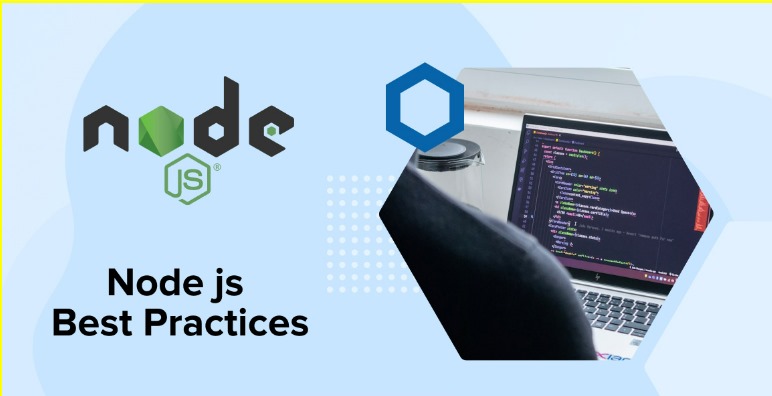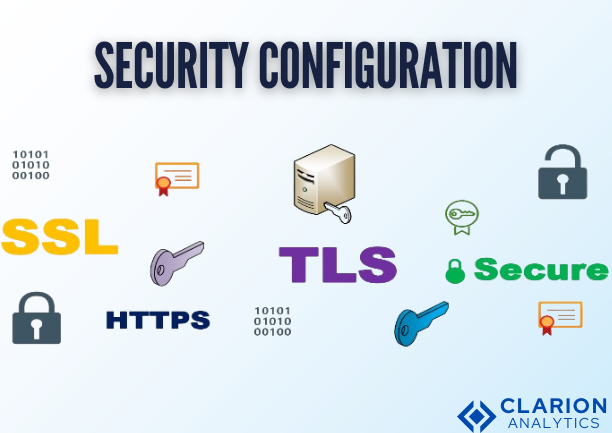
Node.js security is vital to avoid unauthorized access, leakage of data, and many more vulnerabilities against which your system should be protected. In this guide, we are going to take you through some of the best practices regarding Node.js security that will help keep your applications safe and robust within a production environment.
Why is Node.js Security Important? Node.js Security , like all other web applications, remain exposed to several issues. If security is not taken care of in such applications, it sometimes results in consequences devastating manner with lost data, money loss, and sometimes resulting in reputation damage. Effective security comprehension and implementation in a program are to be done to mitigate the risk of losing data, money, and reputation.

Understanding Common Node.js Security Vulnerabilities
- Injection Attacks (SQL, NoSQL, OS)
-
- Explanation:- Injection attacks occur when an attacker sends malicious input which is then executed by the application. It may grant access, allow unauthorized data manipulation, and sometimes even execute server commands.
- Prevention:- These can be prevented by prepared statements, parameterized queries, and validation of inputs
- Cross-Site Request Forgery (CSRF)
-
- Explanation:- CSRF attacks result in the victim performing an unintended action on behalf of an attacker, mostly hijacking their authenticated session.
- Prevention:- Use anti-CSRF tokens. Validate the Origin of requests. Implement secure user authentication flows.
- Cross-Site Request Forgery (CSRF)
-
- Explanation:- CSRF attacks result in the victim performing an unintended action on behalf of an attacker, mostly hijacking their authenticated session.
- Prevention:- Use anti-CSRF tokens. Validate the Origin of requests. Implement secure user authentication flows.
- Remote Code Execution (RCE)
-
- Explanation:- It can let attackers execute any code on the server, giving full control over the application and its data.
- Prevention:- Avoid functions evaluating code, like eval, and always validate and clean the input provided by the user.

Essential Measures for Node.js Security
- Input Validation and Sanitization
-
-
- Importance:- Validation and sanitization of user input is among the basic principles for preventing such a large range of attacks, including SQL injection and XSS.
- Implementation:- Always validate data on the client and server sides. Sanitize user inputs using libraries like validator.js.
-
- Secure Coding Practices
-
-
- Best Practices:- Avoid dangerous functions like eval, Prepare Statements for Database queries, and Avoid security best practices in Node.js security.
-
- Dependency Management and Updates
-
-
- Outdated or insecure dependencies are a common attack vector. Keeping your packages up to date and scanning them for vulnerabilities using npm audit or other tools is good practice.
-
- Authentication and Authorization
-
- Methods:- Implement strong authentication, for example, in OAuth or JWT, with proper authorization checks at place that will restrict access to resources.

Securing the Node.js Environment
- Secure Configuration
-
- Turn off unnecessary modules, set secure environment variables, and restrict permissions as much as possible to limit the attack surface.
- HTTPS and SSL/TLS
-
-
- Best Practices :- Data in transit must be secured using HTTPS. Make sure to use properly configured SSL/TLS certificates.
-
- Web Application Firewall (WAF)
-
-
- A WAF is capable of preventing SQLi, XSS, and other attacks over the web using detecting and filtering HTTP requests.
-
- Security Headers
-
- Use security headers—for example, Content-Security-Policy and related headers—to implement security policies in the browser.

Advanced Node.js Security Considerations
Vulnerability Scanning and Penetration Testing
-
-
- Conduct periodic scans of your application for possible vulnerabilities. Carry out penetration tests for possible loopholes in the app and remediate the issues.
-
- Security Incident Response Plan
-
-
- Define a preplanned incident response plan to enable the organization to move swiftly in responding to a security incident, thereby reducing damage and recovery time from incidents.
-
- Monitoring and Logging
-
- Ensure there is monitoring of unauthorized applications. Detailed logs should be kept to be able to detect and respond to potential security-related threats on time.
Case Studies and Real-World Examples
-
Event-Stream Incident (2018)
What Happened:- An attacker took over the very popular event-stream package and added malicious code to steal Bitcoin from certain wallets1. He added a dependency containing the malicious code, flatmap-stream.
Prevention:- Dependency Management: Quite often, after updating a package, its libraries are not audited. Be sure to audit the libraries of updated packages and update them if necessary. One can do this by using npm audit.
Code Reviews: Review third-party packages before implementing. Be extra wary when introducing new dependencies.
Lockfiles: Include lock files (package-lock.json or yarn. lock) to have the same versions of dependencies.

-
PayPal Node.js security Vulnerability – 2014
What Happened:- A prototype pollution vulnerability in PayPal’s Node.js security could let attackers manipulate the prototype of the application and execute arbitrary code2.
Prevention:-
Input validation is recommended and it involves strict input validation/sanitation that will prevent malicious data from being processed.
Security Libraries: Helmetz Libraries while setting the security HTTP headers. Express-Validator for input validation.
Not only this, time to time regular security testing and code reviews have to be performed which helps in finding out the vulnerabilities and fixing them.
-
npm’s Left-Pad Incident (2016)
What happened: The removal of the left-pad package from npm broke thousands of projects that depended on it3. While not a breach, it underlined how dependency management poses a risk.
Prevention:
-> Dependency Management: Avoid excessive use of small, trivial packages. In case the functionality of some of them is simple enough, it is more reasonable to implement them directly in the code.
->Mirroring: Have private npm registries or mirrors for the presence of critical packages.
-
Capital One Data Breach (2019)
What Happened: A hacker was exposed to sensitive information stored in the AWS 4 due to a misconfigured web application firewall. Again, it is not Node.js-specific, but it shows how important it is to set up a configuration securely.
Prevention: Configurations: Cloud services and firewalls need proper configuration. Review and update security settings periodically.
Least Privilege Principle: Access to sensitive data and resources is allowed only on a need-to-know or least-privileged basis.
Monitoring and alerting: Establish a robust monitoring and alerting system. Monitor for suspicious activity and act on time.
Conclusion
Node.js security comes with many little nuances that require great attention to detail coupled with proactive measures. Head into production with confidence armed with strict adherence to these best practices for Node.js security.
Intrigued by the possibilities of AI? Let’s chat! We’d love to answer your questions and show you how AI can transform your industry. Contact Us
